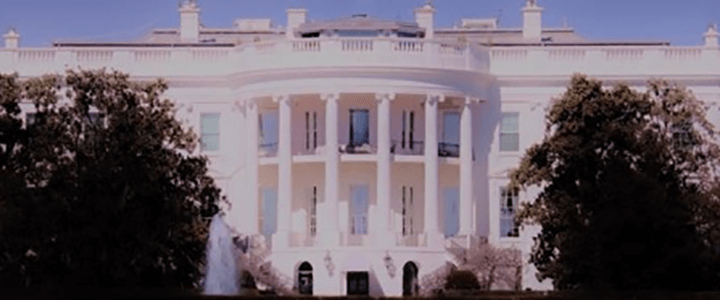Major changes are coming to the security clearance process. A recent White House announcement proposes moving the entire background investigations function to the Department of Defense. The Defense Security Service and National Background Investigation Bureau issued a joint statement assuring staff of their cooperation as policy changes unfold. But as of today, details are still unannounced, and staff members still await the policy changes and executive orders that will usher in this shift.
ClearanceJobs recently sat down with Merton Miller, former Deputy Director of the National Background Investigations Bureau. He discussed the knowns – and unknowns – that face government officials as they implement these major changes to the personnel security program.
“You want to work with knowns, and try to figure out the unknowns,” said Miller, noting that the good thing for those working on plans to overhaul the background process is that there are a number of ‘knowns’ to work with.
What Do We Know About the Security Clearance Process Today?
- The current size of the backlog, and the workload it will take to address it.
- Contract and staffing numbers – what they have today, and what will be needed in the future.
- Average clearance process times and how they stack up against goals.
- Current costs and expenditures of NBIB and revolving funds.
- Federal Investigative Standards (FIS) as well as training and quality standards.
“There’s some satisfaction the federal government can take in that wherever the program is, they’re going to have a group of dedicated and well trained professionals in both NBIB and in the contract workforce who are very dedicated to that mission,” notes Miller. “The people are the most important thing about the transfer, making sure you keep them informed about what the future holds, not only for the program, but for them personally.”
What are the Current Unknowns Within the Security Clearance Process?
What will make the policy shift difficult, notes Miller, are the unknowns – the uncertainty of how the new organization will be structured, and how implementation will take place. One specific concern is how field work will be reduced, as DoD pushes to replace field work with Continuous Evaluation (CE). DoD officials have previously announced plans to reduce field leads by over 90 percent – which would make for significant cost and manpower reductions. But how can field leads be reduced without reducing risk, asks Miller?
“What they need to do today to address the backlog is actually to grow,” says Miller. “You can’t grow federal contract staff when you have statements like that from Gary Reid indicating that 90 percent of the field leads are going away – what are you building on, what does the future hold, how are the standards going to change?”
Changing standards to address cost and processing-time concerns is nothing new. In the follow-up to the Navy Yard Shooting, several recommendations were made, including shifting the reinvestigation timeline for Secret reinvestigations to every 5 years (from 10 years). But when the backlog began, the government actually began pushing those timelines back even further – and now conducts Top Secret reinvestigations – which were at 5 years – every 6 years.
“It’s very, very difficult to plan when you don’t really have any true anchors from a planning perspective,” said Miller. “It’s hard to change when everything is in motion – they’re altering policy, they’re altering standards. It becomes very difficult, and very hard on the people.”
Security Clearance Reform Weighs Quality vs. Quantity
The security clearance pendulum always tends to swing between quality vs. quantity. Faced with concerns about the quality of investigations, recommendations were made to increase security and provide additional oversight. Now that security clearance processing times are at a high, reform efforts are focusing on how to move more bodies through the process – not necessarily on how to enhance the quality of investigations, or ensure current policy standards are met.
The focus now is “to get it faster and cheaper – not better – better is being left in the dark,” said Miller. “They want to get it faster and cheaper, which in my view, increases risk. If you’re only doing criminal history checks in an automated environment, you’re going to miss 50 percent of criminal history information out there on people you’re doing investigations on. Before we have another Aaron Alexis, or a Snowden, or a Benjamin Bishop – who was identified through a neighborhood check having an ongoing relationship with a Chinese PRC, IO, giving information about the Pacific to the Chinese. It was a neighborhood check, where the neighbor told the agent he had a Chinese girlfriend.”
DoD has previously stated CE could soon replace all periodic reinvestigations for Secret clearance holders. There is certainly cost savings in reducing field work, but Miller is concerned the government may be overly confident in what CE can accomplish – and what it can’t. The government will need to find some means of supplementing the gaps in what CE returns, and where databases are not providing the information required.
Both background investigators and security clearance holders await the policy guidance that will both codify the path forward for background investigations, and the new structure that will usher in DoD’s role as the investigations provider across the federal government.




